Inside the Nicolas Cage Tribute to ‘The Cabinet of Dr. Caligari’ That Never Got Released

- Oops!Something went wrong.Please try again later.
“The Unbearable Weight of Massive Talent” was already the most meta movie released this year, but one scene cut from the theatrical release took the concept much further. In director Tom Gormican’s comedy, star Nicolas Cage plays a fictionalized version of himself wrestling with a rough patch in his career, while being badgered by the imaginary “Nicky,” an abrasive manifestation of Cage’s younger self who mocks the actor for failing to achieve the greatness of his early days. In the original cut of the movie, Cage finally confronts his inner self in an ambitious black-and-white homage to “The Cabinet of Dr. Caligari.”
Cage has often cited the 1920 German Expressionist film as one of his favorites, and the opportunity to pay homage to its dream-like imagery was such a highlight of the experience that he continued to talk it up for the movie’s release, even though it didn’t make the final cut. “It was really wild and cool to me,” Cage told IndieWire in March. “I always designed my performances with the cinematic dream of getting back to silent film performance in general, and German Expressionism in particular.”
More from IndieWire
Nicolas Cage Regrets Eating Cockroach in 'Vampire's Kiss': 'I'm Sorry I Did It at All'
Nicolas Cage Clarifies 'Clickbait' Thespian Comments: CNN Has 'More Important Things to Report'
Now, IndieWire can finally reveal the sequence in question, and it’s no joke: Cage gets to live out the “Caligari” fantasy of his dreams. Watch it below:
The scene, which arrives late in the movie, finds Cage chasing his Nicky persona through “Caligari” sets in makeup reminiscent of Cesare, the murdering somnambulist at the center of the movie. The scene doubles as a pastiche of several Cage films as well: Cage confronts Nicky in a hall of mirrors reminiscent of “Face/Off” and chases him in a Ford Mustang Shelby GT500 straight out of “Gone in 60 Seconds.” As Nicky flees up a ramp, the seats from the plane in “Con Air” are visible, and the confrontation ends in a cramped space that resembles the hotel room in “Leaving Las Vegas.”
For Gormican, the plot of “Dr. Caligari” — with its mad scientist exerting control over another body — made sense for the circumstances of his story. “The doctor’s got his thumb on this somnambulist and controlling his entire life,” Gormican told IndieWire in an interview this week. “I thought this was really interesting, because the younger version of ourselves often dictate who the older version is. In order for Nic to grow up, he needs to leave this person behind.”
Despite the brevity of the sequence, it proved to be one of the biggest technical undertakings of the production. Gormican and production designer Kevin Kavanaugh (“The Dark Knight Rises”) adopted the German Expressionism approach of using cardboard sets and painting the light and shadow onto the scene. Initially, the director also intended to shoot the sequence in 16mm with a camera from the actual era.
Though cinematographer Nigel Bluck managed to track one down, the COVID-era production couldn’t handle the cost of shipping it to the set. “Very quickly, the studio was like, ‘Are you insane? We’re not going through this exercise during COVID,’” Gormican said. “But it got me thinking that we could keep this anamorphic.”
While Gormican was able to use anamorphic lens for the sequence, the camerawork was altered in another crucial fashion. While most German Expressionism films maintain a static camera, the filmmaker added some movement to certain key moments. Makeup veteran Bill Corso (“Star Wars: Episode IV – The Rise of Skywalker”) handled Cage’s Caligari makeup, while costume designer Paco Delgado (“The Skin I Live In,” “Les Miserables”) sorted out Cage’s outfit, which featured the turtleneck with two white stripes straight out of “Caligari.”

screenshot
“It was a combination of the new and the old,” Gormican said. “It was like creating a short film outside of the scope of the movie.”
The GT500 was built from scratch in an angular fashion so that the filmmaking team could light it from the inside. “It could sort of glow that way,” Gormican said. The car was set on rolling tires and was shot in a swirling image of light and shadows with a zoetrope powered by 20,000-watt bulbs. “We used three of them at once to create an action sequence onstage so that the angles make it look like they’re driving into the distance,” Gormican said. “It was really fun.”
Ultimately, Lionsgate decided that the sequence was too arty for a project it wanted to position in commercial terms. “Lionsgate was supporting us in making this film in general, which is sort of nuts,” Gormican said. “I applaud them for that. This part of it just happened to be a bridge too far.”
Nevertheless, he came out of the experience hoping to bring more visual flair to future comedy endeavors. “A lot of times when you’re making a comedy, it’s such an afterthought what the film could look like,” he said. He cited filmmakers like Ruben Ostlund and Edgar Wright as exceptions to the rule. “Certain people push the form forward,” Gormican said. “And there’s room for that, even if you’re always in service of the joke.”
Check out exclusive concept art for the sequence below. “The Unbearable Weight of Massive Talent” is now available on VOD.
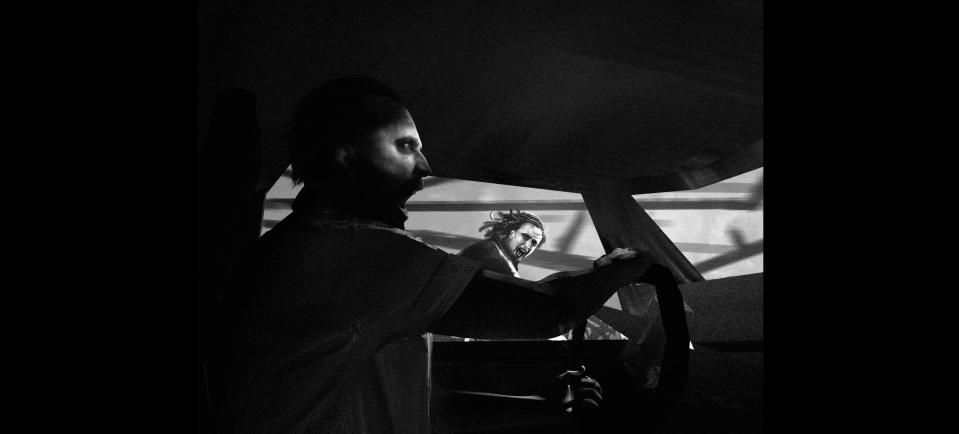
Lionsgate
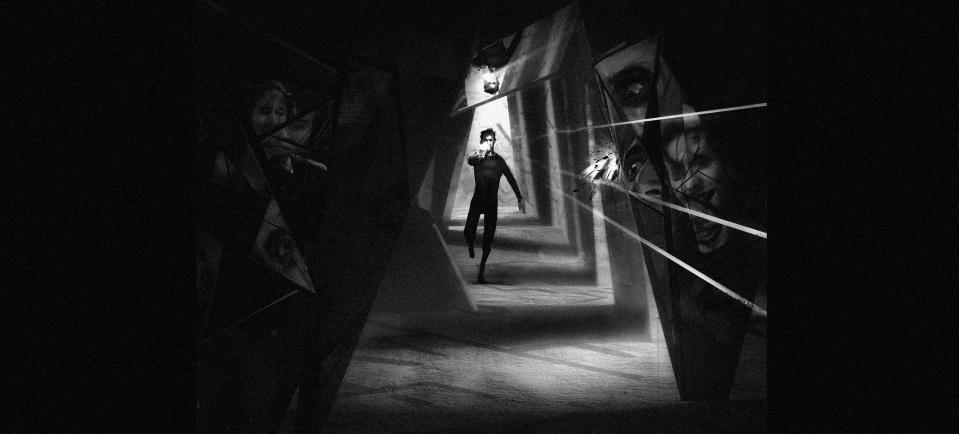
Lionsgate
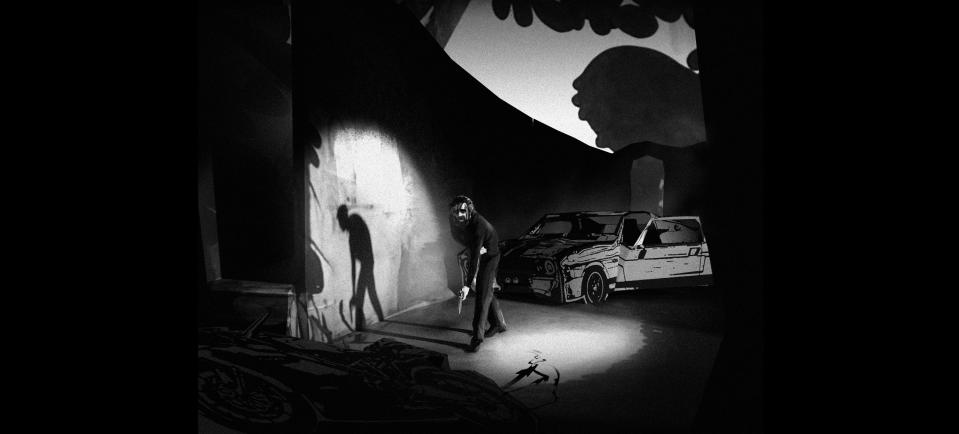
Lionsgate
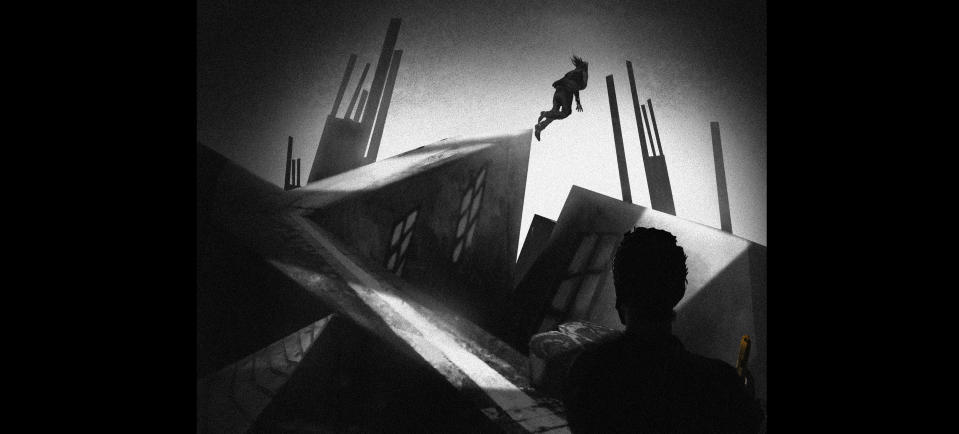
Lionsgate
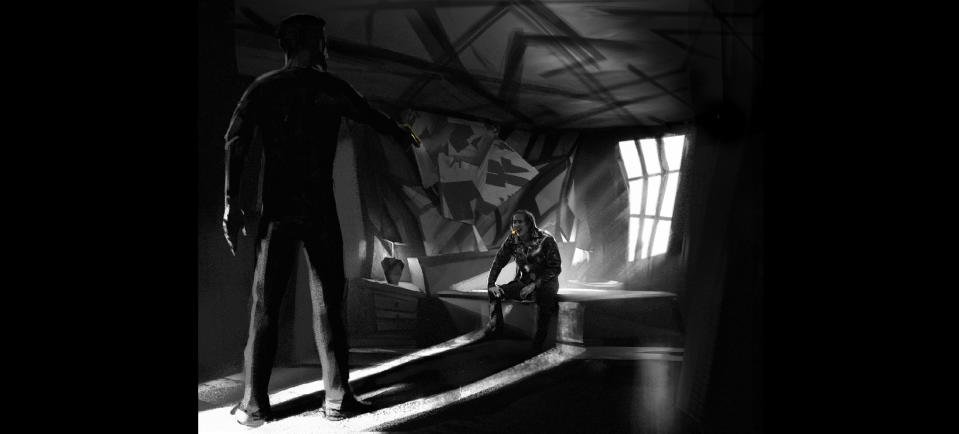
Lionsgate
Best of IndieWire
The 23 Best Nude Scenes in Film, from 'Shortbus' to 'Blue Velvet'
New Movies: Release Calendar for April 14, Plus Where to Watch the Latest Films
Sign up for Indiewire's Newsletter. For the latest news, follow us on Facebook, Twitter, and Instagram.

